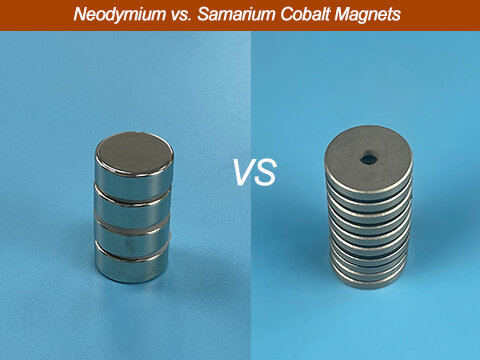
Don't say you understand Neodymium vs. Samarium Cobalt Magnets Before Reading My Post.
Magnets play a crucial role in various industries, powering a wide range of products from electric motors to consumer electronics. Two types of magnets that have revolutionized the field are neodymium magnets (NdFeB) and samarium cobalt magnets (SmCo). A lot of details and differences come in varieties for Neodymium and Samarium Cobalt Magnets. In today’s post, I’ll answer these high concerns about Neodymium vs. Samarium Cobalt Magnets. Keep reading and you’ll benefit a lot.
In this post, we will divide into the history, chemical composition, manufacturing process, applications, working temperature, cost, and specification of these powerful rare-earth magnets.
The story of neodymium and samarium cobalt magnets begins in the latter half of the 20th century. Neodymium magnets were first developed in the 1980s by General Motors and Sumitomo Special Metals. The pursuit of stronger and more efficient magnets led to the discovery of the unique properties of neodymium, iron, and boron alloy.
Samarium cobalt magnets, on the other hand, have been around since the early 1970s. Their development can be traced back to efforts by researchers at the University of Alabama and the U.S. Air Force. The combination of samarium and cobalt proved to be an effective mix for creating powerful permanent magnets.

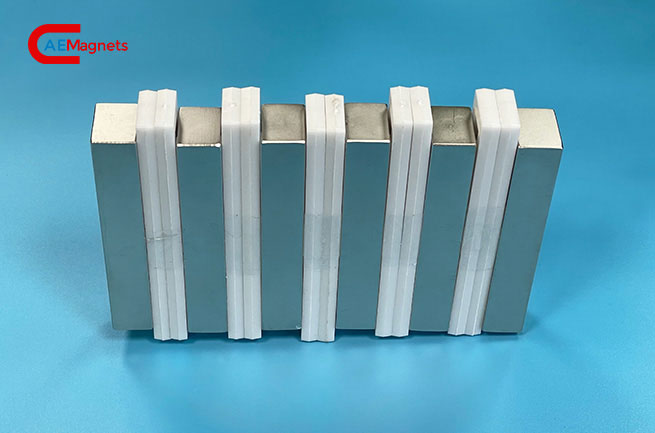
Neodymium Magnets: These magnets are composed primarily of neodymium, iron, and boron. The chemical formula for neodymium magnets is Nd2Fe14B.
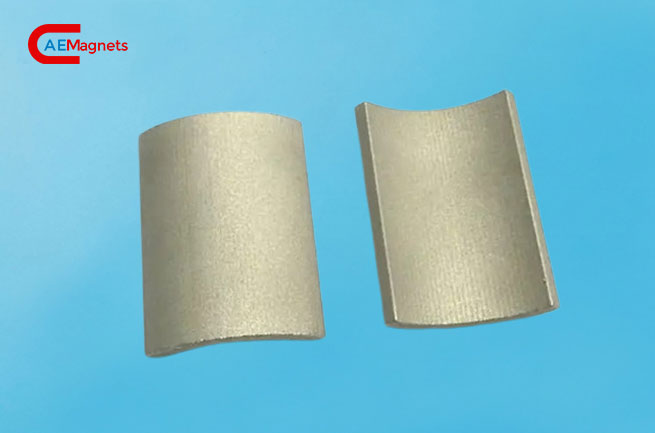
Samarium Cobalt Magnets: Samarium cobalt magnets are made from samarium, cobalt, and traces of other elements. The two common compositions are Sm1Co5 and Sm2Co17.

Neodymium Magnets: The production of neodymium magnets involves a powder metallurgy process. The raw materials are melted and cast into ingots, which are then pulverized into fine powder. The powder is pressed into shapes and sintered at high temperatures. The resulting compacted magnets are then coated for protection.

Samarium Cobalt Magnets: Manufacturing samarium cobalt magnets involves a similar process. Powdered samarium and cobalt are mixed, pressed, and sintered at high temperatures. The sintered material is then cooled and ground into the desired shape before being coated.
Neodymium Magnets: Due to their exceptional magnetic strength, neodymium magnets find applications in various products. They are commonly used in electric motors, generators, computer hard drives, audio speakers, magnetic therapy products, and even in the automotive industry for electric vehicles.
Samarium Cobalt Magnets: Samarium cobalt magnets are often chosen for applications where stability at high temperatures is crucial. They are utilized in aerospace and military applications, sensors, and medical devices.
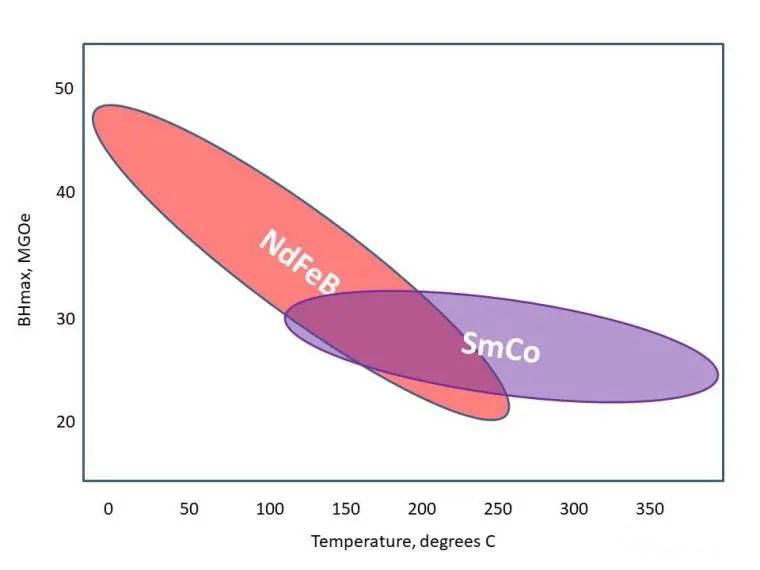
Neodymium Magnets: Neodymium magnets are sensitive to high temperatures, and their performance can degrade when exposed to elevated heat. The typical maximum operating temperature for standard neodymium magnets is around 80 to 150 degrees Celsius, depending on the specific grade.
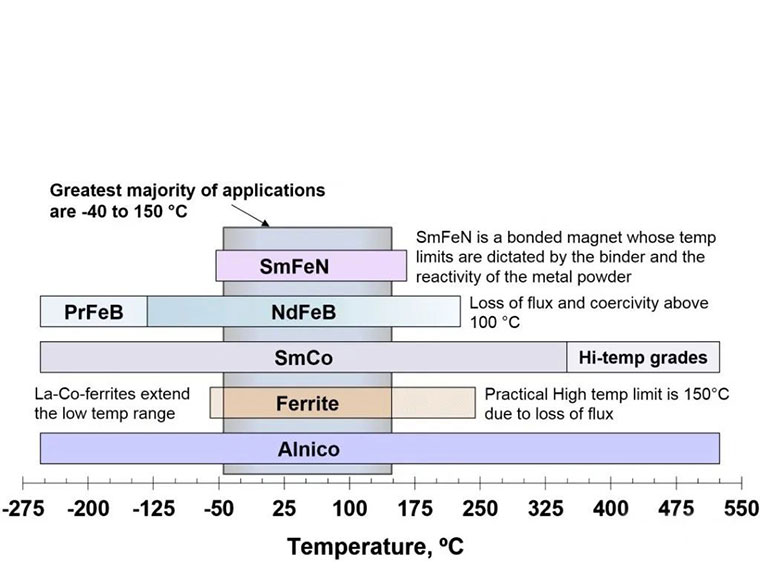
Samarium Cobalt Magnets: Samarium cobalt magnets exhibit better temperature stability. They can withstand higher temperatures without significant loss of magnetic properties. The working temperature range for samarium cobalt magnets is typically between 250 and 350 degrees Celsius, depending on the specific grade.
Let us be your partner in magnets supply chain
Neodymium magnets are generally more cost-effective compared to samarium cobalt magnets. The raw materials used in neodymium magnets, such as neodymium, iron, and boron, are relatively abundant and less expensive.
Samarium cobalt magnets are typically more expensive due to the higher cost of raw materials like samarium and cobalt, which are less abundant and more expensive than the materials used in neodymium magnets.
Neodymium magnets have become more popular and widely used, leading to increased production volumes and economies of scale that can contribute to lower costs. Samarium cobalt magnets, being less common and often used in niche applications, may have a smaller market demand and production volume, leading to relatively higher costs. In summary, while neodymium magnets are generally more cost-effective, the choice between neodymium and samarium cobalt magnets should be based on a comprehensive analysis of the specific application's requirements, including magnetic strength, temperature stability, and budget constraints. Both types of magnets offer unique advantages, and the decision should be made considering the overall cost-effectiveness for the intended use.
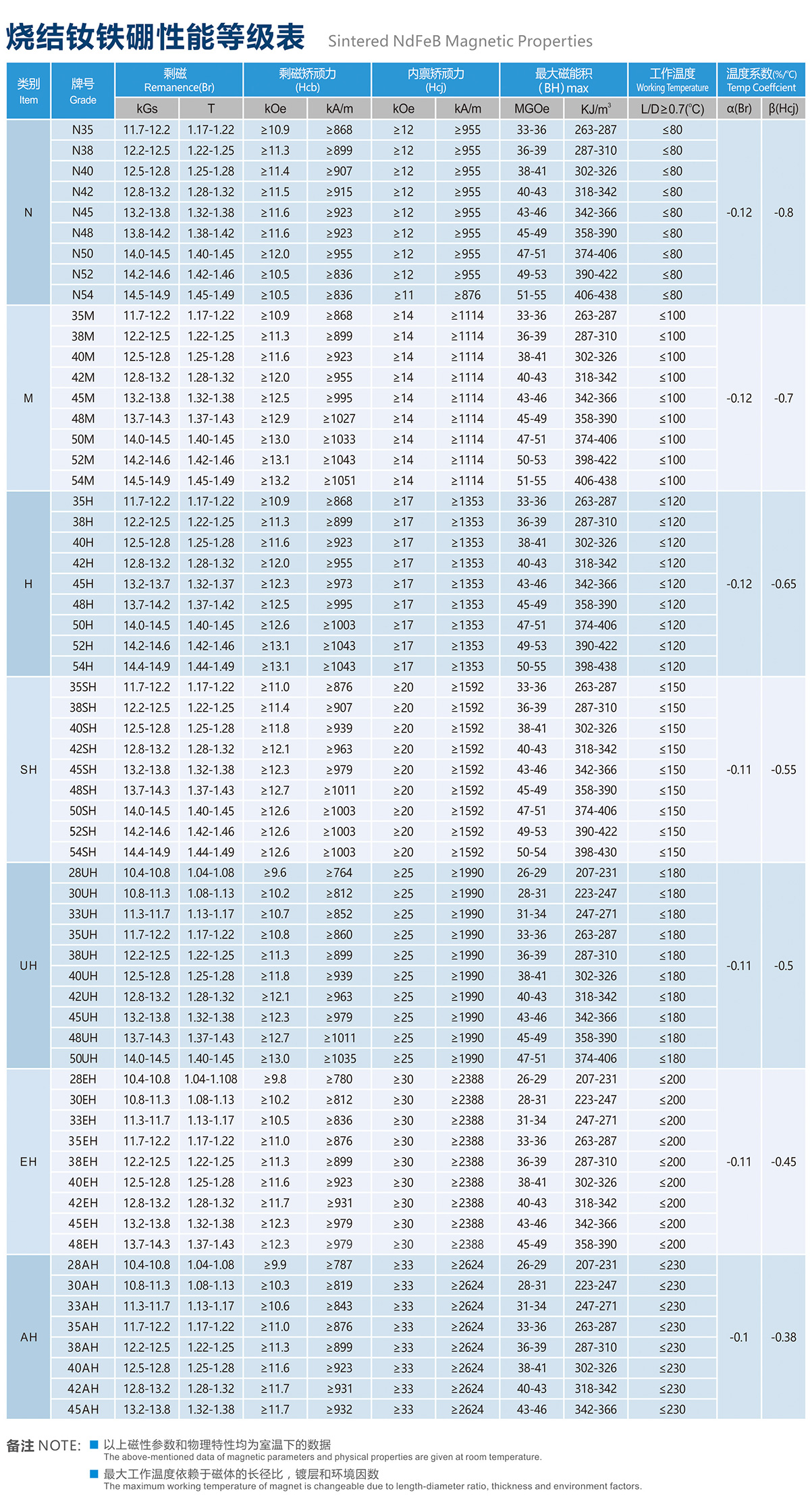
Neodymium Magnets
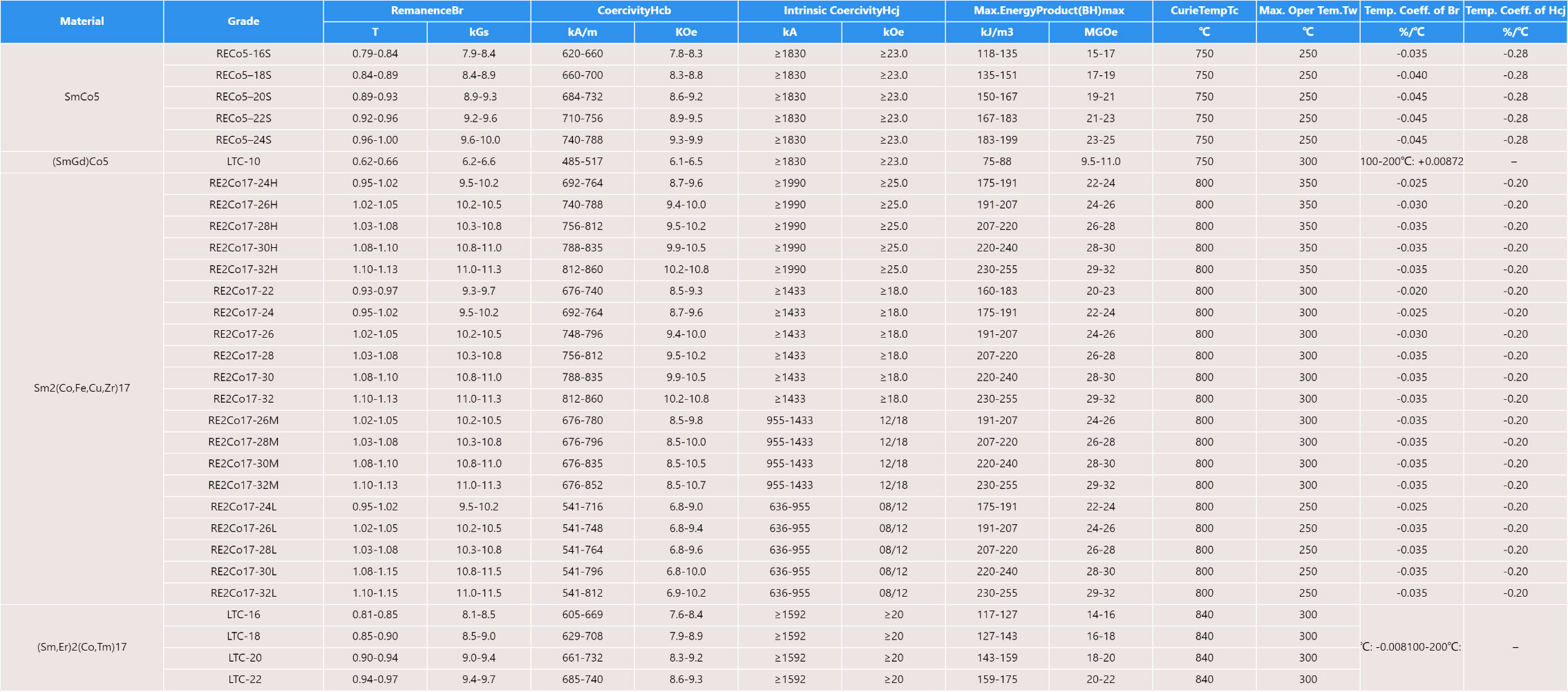
Samarium Cobalt Magnets
China produce most of the NedFeB and SmCo manets, while there also some suppliers that manufactured both of them out of China, here is a brief introduction of the supplier famous worldwide.
Integrated Magnetics, USA
Stanford Magnets, USA
Eclipse Magnetics , UK
Arnold Magnetic Technologies, USA
AEMagnets, China
Hengdian Group DMEGC Magnetics, China
Zhong Ke San Huan High-Tech, China
Neodymium Magnets: Neodymium magnets are renowned for their unparalleled magnetic strength. They are currently the strongest commercially available permanent magnets.
Samarium Cobalt Magnets: While not as strong as neodymium magnets, samarium cobalt magnets still possess high magnetic strength, making them suitable for applications where temperature stability is critical.
In conclusion, both neodymium and samarium cobalt magnets have significantly impacted various industries with their unique properties. Neodymium magnets stand out for their exceptional strength, while samarium cobalt magnets excel in applications requiring high-temperature stability. The choice between these magnets depends on specific requirements, considering factors such as working temperature, magnetic strength, and cost. As technology continues to advance, these powerful magnets will likely play an even more crucial role in shaping the future of numerous industries.
Posted on October 14, 2024 by MagnetAdmin
Posted on July 12, 2024 by MagnetAdmin
Posted on June 07, 2024 by MagnetAdmin
Posted on October 10, 2023 by MagnetAdmin
Posted on September 19, 2023 by MagnetAdmin
Posted on August 07, 2023 by MagnetAdmin
Posted on July 06, 2023 by MagnetAdmin
Posted on October 10, 2023 by MagnetAdmin
Posted on June 27, 2023 by MagnetAdmin
Posted on June 07, 2024 by MagnetAdmin

